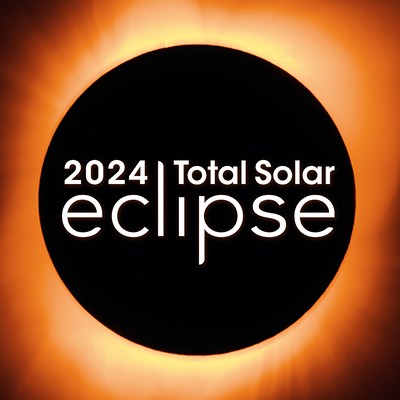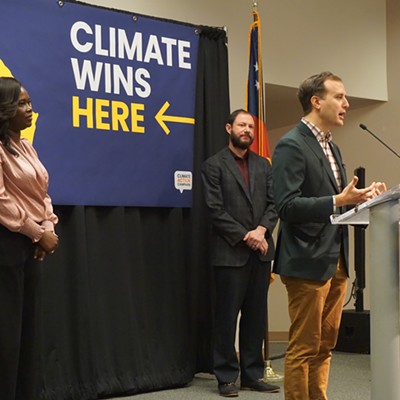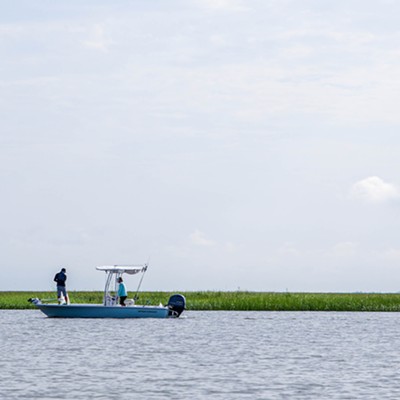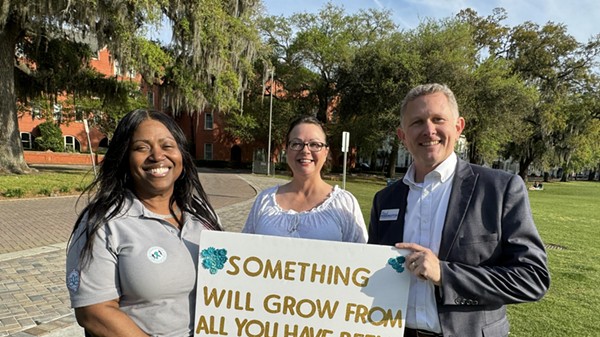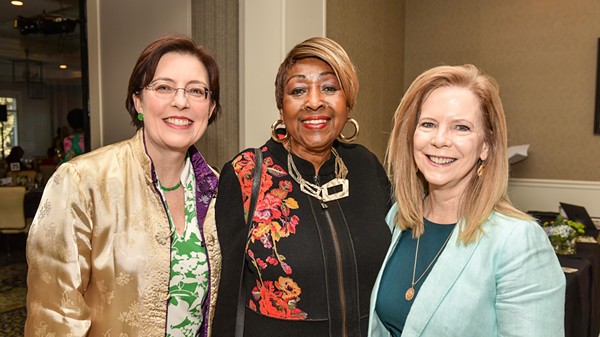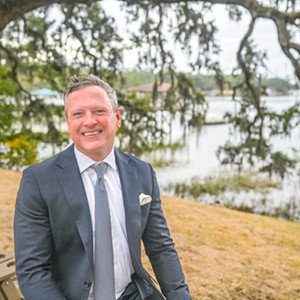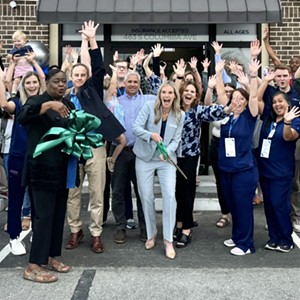Like you, I’ve noticed the strange weather we’ve had so far across the U.S. So I decided to investigate and see what the rest of summer might offer. Taxpayer–funded scientific sites, like NOAA (the National Oceanic and Atmospheric Administration) and ATTRA (the National Sustainable Agriculture Information Service) are generally great weather resources for people like me — the always planning–ahead farmer and gardener.
Not this year. The NOAA forecast from June to August calls for chaos... literally. The predicted rainfall for most of the country is everywhere in the extreme, ranging from too much to too little. Considering what we’ve already been through, that’s bad news for farms, gardens, and cash–strapped families with kids to feed.
Thanks to the weather, for the first time in history, our first crop all over the nation, is going, going, and in some places gone. The Texas and Oklahoma wheat crops, for example, are at least 50 percent below normal for 2011.
Word isn’t good for corn either. Record wet weather in the Midwest kept spring fields too wet to plant from North Dakota to Ohio, cutting USDA corn surplus estimates from 900 to 695 million bushels.
Add to U.S. crop losses the droughts sweeping Europe, Australia and China, and it becomes clear that we’re headed for higher food prices for anything made from grains.
To get local perspectives, I collected comments left on the Commondreams.org website this spring by worried gardeners.
A man from Vancouver writes: “...where I live we had cold, heavy rain, hail, strong winds and bright, hot sunshine. All in four hours in one day last week. The local planting season is shot to hell.”
Another from Ohio says: “After a brief break, we are back to daily heavy rains here in the Ohio River headwaters, so the Mississippi is not finished yet. It is certainly over for any possibility of crops from the huge area encompassing the Mississippi lowlands this year.”
Our weather is more unpredictable and extreme than ever. This fact, no matter what or who you blame, undeniably jives with climate change models that say global warming brings stronger storms, bigger droughts, and shifting regional climate patterns.
So what do we do about it? Adapt and modify.
To adapt, I’m changing the way I garden, digging ditches, putting in raised beds and waiting out the worst rains before planting. I now see my veggie patch as a form of life insurance – protection against higher food prices.
To modify, I’m stepping up my green ways and urging everyone to do the same. Even if you don’t believe in human–caused global warming, it makes economic sense to drive less, reduce waste, and be more energy efficient.

